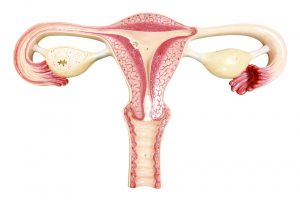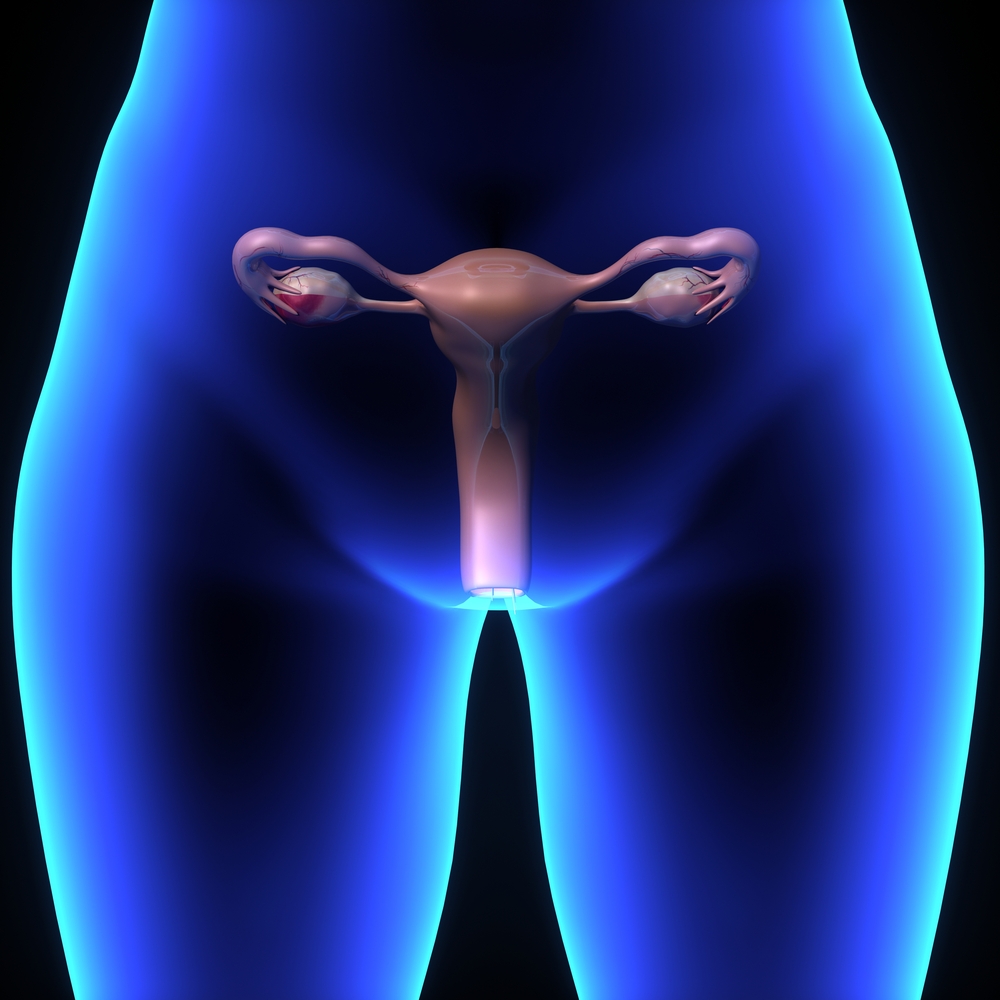Testing for fallopian tubes
There is testing available if you suspect your Fallopian tubes may not be open. If your fallopian tubes are blocked it’s not possible to achieve a natural pregnancy. Fallopian tubes are the organs in which the sperm travel up to fertilise the egg and through which the fertilised embryo travels to reach

and implant into the uterus.If they are scarred or blocked this isn’t possible. There is more information about Fallopian tubes here. The good news is that fertility treatment is designed to circumvent fallopian tubes so if this is the reason you aren’t falling pregnant it can be navigated around with IVF.
What testing is available?
- Most women with blocked or damaged fallopian tubes will not experience any symptoms. The only reason you may suspect it is if you are not falling pregnant. There is a test called a hysterosalpingogram (HSG) available which can both determine if your tubes as open and view the inside of your uterus to assess its size and shape. In Brisbane this test can be ordered by your fertility specialist or GP and performed at a radiology (x-ray) centre.
When is it done?
- This procedure is generally performed on Day 5-12 of your menstrual cycle (after your period has finished and before ovulation). As ovulation hasn’t yet occurred any early pregnancies won’t be adversely impacted by the procedure.
How long does it take?
- It is a short procedure lasting about 10 minutes in which you are awake. Some of my clients return to work after the procedure but some have reported cramping afterwards so it might be best to have the day off or try to schedule it for near the end of your day if you don’t want to have time off work.
What is involved?
- A speculum is inserted into your vagina and a fine tube is inserted through the opening of your cervix. Fluid (either water or oil based with an iodine-containing dye) is then pushed through the catheter into your uterus. It will fill the uterus which allows the doctor to see its size and shape. The fluid will then flow through your fallopian tubes, providing a visual outline the insides of the tubes and will spill out their ends if they are open.
What is the recovery period?
- Women can return to normal activities immediately after the procedure. My clients have described the experience as ranging from mildly uncomfortable to having quite severe cramping for the rest of the day.
Additional benefits
- The procedure itself improves pregnancy outcomes for about 3-6 months after the procedure. It’s thought the fluid flushes out any debris which may have accumulated in the tubes. There have been some studies which showed the oil-based contrast achieved a higher birth rate compared to the water-soluble contrasts. You can ask your care provider if they think this would be suitable in your circumstances.
References
Wang R, Watson A, Johnson N, Cheung K, Fitzgerald C, Mol BWJ, Mohiyiddeen L. Tubal flushing for subfertility. Cochrane Database of Systematic Reviews 2020, Issue 10. Art. No.: CD003718. DOI: 10.1002/14651858.CD003718.pub5. Accessed 02 October. (Website Link)

